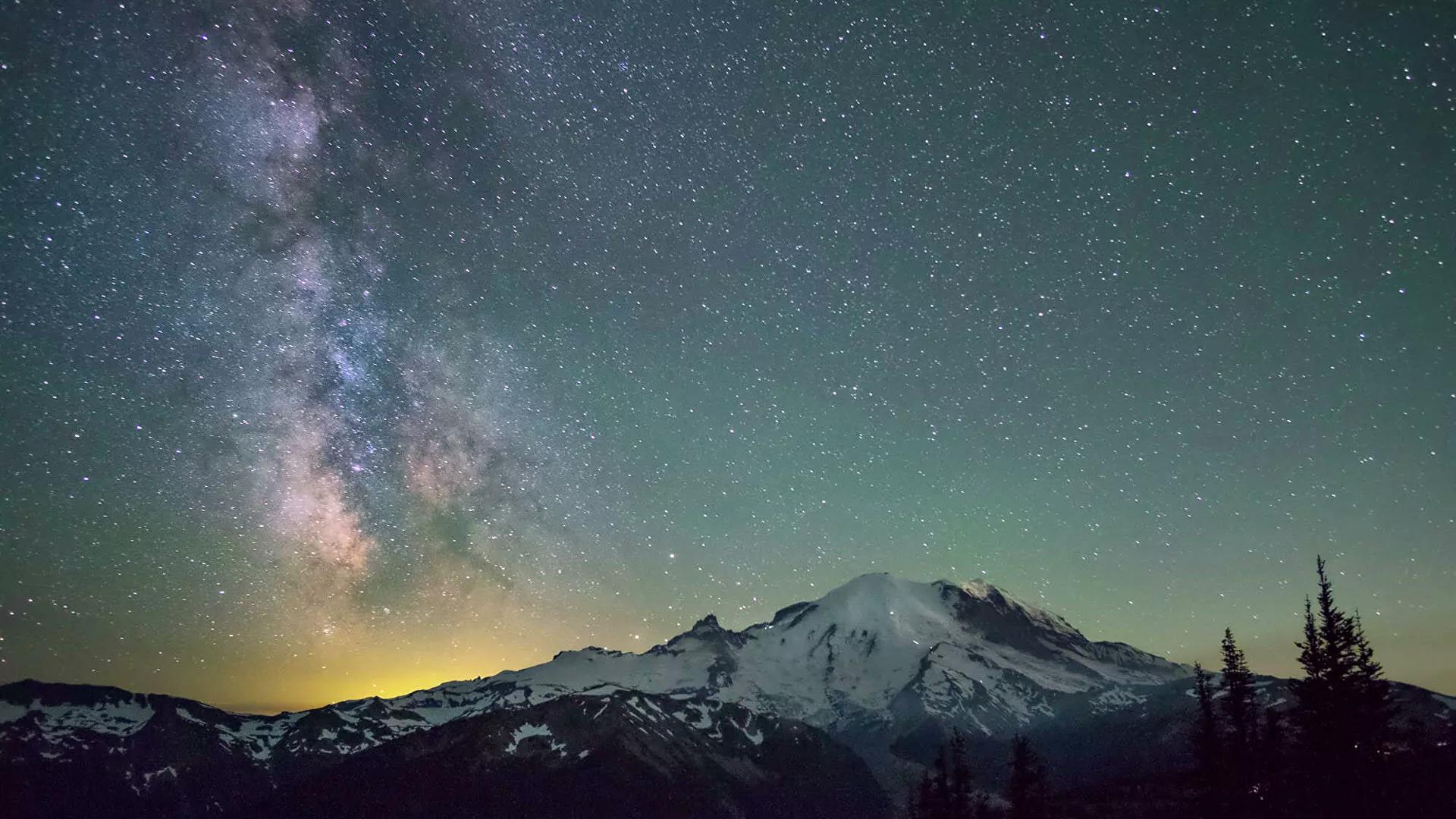Africa-Press – Cape verde. The study looks at how the Milky Way’s constituent elements came together to form the massive spiral-shaped collection of stars that houses our solar system.
Following research on over a quarter of a million stars among the 100-400 billion stars that make up our home galaxy, astronomers have achieved a new understanding of the Milky Way’s creation, the new study, published in the journal Nature, suggested.
According to the research, the thicker component of our galaxy’s disk of stars at its core—a barred spiral galaxy, as astronomers call it — began forming 13 billion years ago, approximately 800 million years after the Big Bang.
The circular halo of stars surrounding the disk did not complete forming until roughly 2 billion years later. According to the Wall Street Journal’s report on the findings, Amina Helmi, an astronomer at the University of Groningen in the Netherlands, said astronomers previously had found no evidence that the disk preceded the halo.
Halo stars in past decades were thought to be older than their disk counterparts, according to research. New data from the European Space Agency’s Gaia Telescope in 2018, however, cast doubt on that assumption. The new results about the Milky Way, which spans 100,000 light-years and contains massive clouds of gas and dust, as well as an estimated 100 to 400 billion stars and at least as many planets, shed some light on the difficult issue of determining the ages of those stars, some of which are thought to be over 13 billion years old.
Astronomers are reportedly unable to identify when specific events in our galaxy’s early history occurred without this knowledge. Scientists can determine a star’s age by measuring its luminosity, as well as its temperature and chemical composition, using theoretical models that demonstrate how stars evolve over time as they consume hydrogen for fuel.
Maosheng Xiang and Hans-Walter Rix, two astronomers from Germany’s Max Planck Institute for Astronomy, used that method in research to establish the precise ages of 247,104 stars in our galaxy’s inner halo and disk that were in a certain evolutionary phase for the new study.
While this is only a small proportion of the Milky Way’s stars, it is 100 times more than was previously employed for star-dating of this type.
According to the study, they measured the stars’ temperature and elemental makeup using the sun-orbiting Gaia Telescope, which tracks the movement, position, and distance of stars. A ground-based spectroscopy telescope in China also determined luminosity.
After determining the stars’ ages, researchers looked at their orbits to see if they were in the disk or halo—disk stars rotate in almost circular orbits around the galaxy’s center, but halo stars do not.
The halo’s oldest stars formed around the same time as the thick disk, but a new study found that a majority of the Milky Way’s halo stars joined the galaxy around 11.2 billion years ago, when a smaller galaxy known as Gaia-Enceladus collided with ours. Halo assembly came to a stop after that merger.
The findings “show beyond doubt” that a disk existed in our galaxy at the time of the merger, according to Helmi, cited by the WSJ, who added that the presence of a disk at that time has long been a point of contention.
According to the report, Xiang expressed his desire to further study additional stars from a wider area of our galaxy. The new study only looked at stars in a tiny region around the sun, roughly 25,000 light-years from the Milky Way’s center.
For More News And Analysis About Cape verde Follow Africa-Press






